
Phan Vĩnh Thu nầComputer Network 1
Ch ng 8:ươ
ETHERNET SWITCHING
Overview
•Shared Ethernet works extremely well
under ideal conditions. When the number
of devices trying to access the network is
low, the number of collisions stays well
within acceptable limits.

Phan Vĩnh Thu nầComputer Network 2
•when the number of users on the network
increases, the increased number of
collisions can cause intolerably bad
performance. Bridging was developed to
help ease performance problems that
arose from increased collisions. Switching
evolved from bridging to become the key
technology in modern Ethernet LANs.

Phan Vĩnh Thu nầComputer Network 3
•The concept of collision domains and
broadcast domains is concerned with the
ways that networks can be designed to limit
the negative effects of collisions and
broadcasts. This module explores the effects
of collisions and broadcasts on network traffic
and then describes how bridges and routers
are used to segment networks for improved
performance.

Phan Vĩnh Thu nầComputer Network 4
•Students completing this module should be
able to:
–Define bridging and switching.
–Define and describe the content-addressable
memory (CAM) table.
–Define latency.
–Describe store-and forward and cut-through
switching modes.
–Explain Spanning-Tree Protocol (STP).
–Define collisions, broadcasts, collision domains,
and broadcast domains.
–Identify the Layer 1, 2, and 3 devices used to
create collision domains and broadcast domains.
–Discuss data flow and problems with broadcasts.
–Explain network segmentation and list the
devices used to create segments.

Phan Vĩnh Thu nầComputer Network 5
8.1. Ethernet Switching
8.1.1 Layer 2 bridging
•As more nodes are added to an Ethernet
physical segment, contention for the media
increases. Ethernet is a shared media,
which means only one node can transmit
data at a time. The addition of more nodes
increases the demands on the available
bandwidth and places additional loads on
the media.

![Câu hỏi ôn tập An toàn mạng môn học: Tổng hợp [mới nhất]](https://cdn.tailieu.vn/images/document/thumbnail/2025/20250919/kimphuong1001/135x160/30511758269273.jpg)









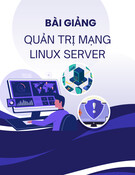
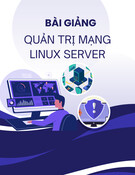
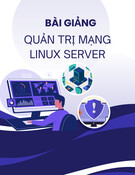
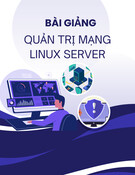
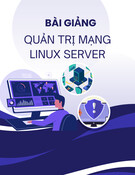
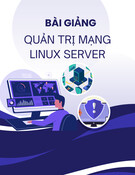
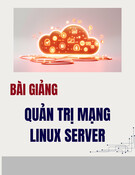
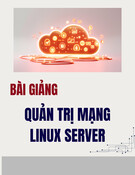
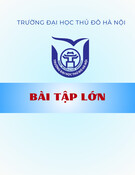
![Đề thi cuối kì Nhập môn Mạng máy tính: Tổng hợp [Năm]](https://cdn.tailieu.vn/images/document/thumbnail/2025/20251110/nminhthoi53@gmail.com/135x160/38281762757217.jpg)


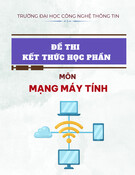
![Đề thi học kì 2 môn Nhập môn Mạng máy tính [kèm đáp án]](https://cdn.tailieu.vn/images/document/thumbnail/2025/20251014/lakim0906/135x160/23811760416180.jpg)

